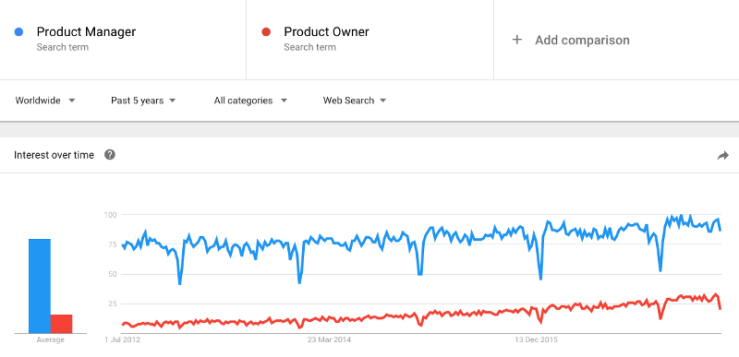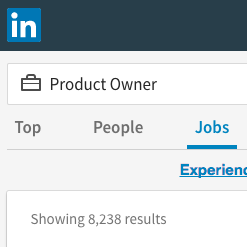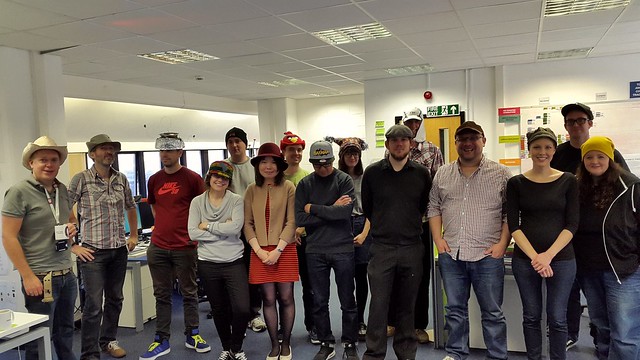This post was first published on the University of Bath Digital blog http://blogs.bath.ac.uk/digital/2015/12/16/keep-being-ambitious/.
On December 17th I will be saying goodbye to the University of Bath.
My move obviously creates a number of changes in the Digital team. But the central message is one of continuity. Improving digital communication remains a priority for the University, and the central team has the expertise to deliver on that goal. Leadership of the team and its projects will be provided by Phil and Rich, who are stepping up to head the team as an already proven partnership.
This is my opportunity to say a massive thank you to Bath Digital team – you are awesome and there is much to be proud of in terms of achievements.
Delivery is the reward
Digital is a team with a culture and track-record of delivery. Each member of the Digital team has committed to a set of delivery principles. I set high expectations early on and the team rallied. I think there are few challenges that could be put in front of this team that would overwhelm them.
It has been very satisfying to see the values and capability take root. I am proud of every individual team member for taking collective responsibility to transform what the University is capable of achieving through digital media.
Meeting the need
Our number one Delivery principle is ‘Put users’ needs first’. This principle has been transformative for our team as well as in many areas of digital publishing and service delivery around the University.
We now work on the basis that what’s best for our users is what’s best for the University. So when we are designing, developing or creating content for bath.ac.uk, our users and their need for fast and simple access to information and tools are informing and motivating our every move.
Getting time with users has not been easy but the team has worked and worked away to ensure a steady stream of user insight through interviews, analytics and feedback mechanisms. For me the extent to which we engage with end users mark us out amongst our peers.
Agile for real
We are now a team that uses agile development methods to deliver our work without skipping a beat. It all started with a two-day cross-functional sprint to create a site to welcome our new Chancellor and we have come on so far that we have been invited to coach others in the use of these agile methods. Even still we remain avid students and are always looking to learn and improve.
Agile is embedded across our content, design and development. You can see it all the way from our morning stand ups through to our sprint retrospectives. Establishing agile methods of working has brought structure and flexibility to our delivery and allows Bath to build world-class, user-centred services quickly and affordably.
See through
I think it was unfair but at the time I joined the Digital team was described by some at Bath as an inaccessible ‘black box’. One person’s perception is another’s reality and the situation today could not be more different.
We run weekly new work triage and scheduling sessions, blog about our output at the end of every sprint, we hold a fortnightly Show & Tell where you can meet and ask questions of the team, we issue a monthly roadmapof our scheduled work and our product backlogs are available online for scrutiny at all times.
All of these set pieces, as well as other informal forums make it simple and quick to find out who’s doing what and when. Our openness has been complimented by colleagues at Bath and beyond. There’s always more that could be done, but I am happy that we set a good example for others to follow.
Always aiming for more
We have turned Digital from a unit that simply plugs-and-plays with other people’s software into a team that creates products and runs services. This puts the University in the rare position where it can buy-in or manufacture what it needs based on the objectives and resources to hand.
This is not a luxury, this is a hard-earned and competitive advantage that has involved reskilling and retooling the team, including moving away from a Java based infrastructure to writing applications in Ruby on Rails, establishing pair writing in content and designing mobile-first prototypes in browser. With that power comes great responsibility which we have embraced by upgrading our user support services in parallel.
Judgement by results
The sum of all our new products, services, processes and culture has been growth across all our key performance indicators.
Visits and views are up in the UK and worldwide overseas locations, especially in target overseas markets. Our bounce rates are down and our page level engagements are up. We have launched new sections for Research and first year students and have provided for users’ preference for mobile devices. Furthermore, our volume of incident tickets and downtime have both been slashed.
These results are regularly reported to management and available to staff and students to scrutinise. We have begun to help other teams around the University to supplement their performance reports with digital metrics, which is the beginning of something very important for monitoring return-on-investment and establishing what ‘world class’ really looks like.
Going is good
In an era of pronounced competition across the sector, the hard facts are that Digital’s leadership and delivery has resulted in more traffic and deeper engagement across the University’s activities on- and offline.
It may all sound like a lot of stern, disciplined work but it’s actually been a lot of fun. The Digital team is full of generous, humble and creative people. We all get on well and we bring out the best in one another. There have been laughs every step of the way.
So the going is good. And I will be watching on from my new post in theScottish Government with pride.
Many of the most important developments I have brought in are cultural and procedural. The people who have the technical expertise to deliver on the potential remain in post. All they need now is the reciprocal trust and material support of their colleagues in order to capitalise on the gains Bath has made in the last 36 months. Do so and the collective rewards for the University will be worth it.
So keep being ambitious.
Cue the music…




